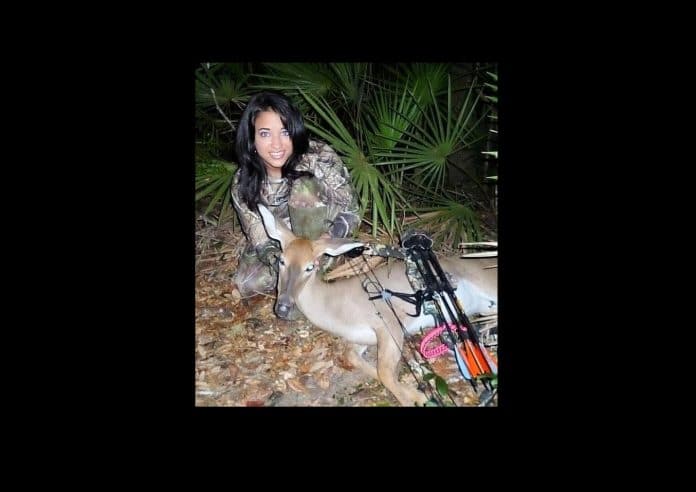Now that the rains are beginning again as Summer rolls along, one of the things I do each year to prep some of my hunting areas, is to visit the big oaks with a bag of fertilizer. It not only ensures that not only will the trees produce acorns in abundance, but that those acorns produced will be sweeter and more flavorful than those produced by the untended trees. Not only deer, but all local wildlife it seems, will benefit from this small amount of work; it practically guarantees me a great show while I’m sitting in my blind.
Research by foresters has proved that carefully selected oak trees after a period of time, will become “feast” trees for whitetails especially though ad in the Fall as the acorns begin hitting the ground, it’s the whitetails most prevent on my mind. The live oak is my favorite oak to fertilize because its acorn is a favorite food of deer. Live oak acorns have less tannin than those produced by other species of oak such as the blackjack and scrub oaks. Tannin is what causes acorns to taste bitter. Native Americans and early explorers and settlers made live oak acorns palatable by boiling the meat of the acorn; I’ve eaten acorns prepared that way, and they’re not bad.
Some deer hunters are surprised to learn that many white oaks, as well as other oaks, don’t produce every year. In fact, some oaks might not ever produce acorns. Individual live oak trees tend to have either a very good or a very poor acorn crop and are consistent in seed production from year to year, be it good or bad. You must spend the time to select live oak trees that you know produce acorns. Once you find a good producer, mark the tree so you can find it again; mark its location on your map or store its location in a GPS or on your phone.
Now, note that you don’t want to hunt too frequently around just one of your fertilized trees. Once the pressure is felt, the deer feeding there will become nocturnal, so it’s a good idea to have several trees in a variety of settings to fertilize. At present, I’m working with six trees; three are in a bottomland setting and three are on a palmetto flat setting on different properties. That allows me to have six good places to hunt without putting too much pressure on any one location.
Apply your fertilizer, I like 7-7-7, from the edge of the drip line; that is, the outer edge of the furthermost tips of branches, to within 3 feet of the trunk of the tree. If there are a lot of leaves and limbs on the ground in the fertilized area, rake them away so that the fertilizer comes in contact with the soil quickly. I like to scratch up the soil pretty rough where I’m going to fertilize under an oak with a regular yard rake, then use a hand seeder/fertilizer spreader to spread out between five to seven pounds of fertilizer to each tree. Give it a try and see how it makes a difference in your area.
If any of you would like to share a picture from your own adventures, or a story of your success on the hunt, feel free to reach out to me at [email protected]. God bless and good hunting!

